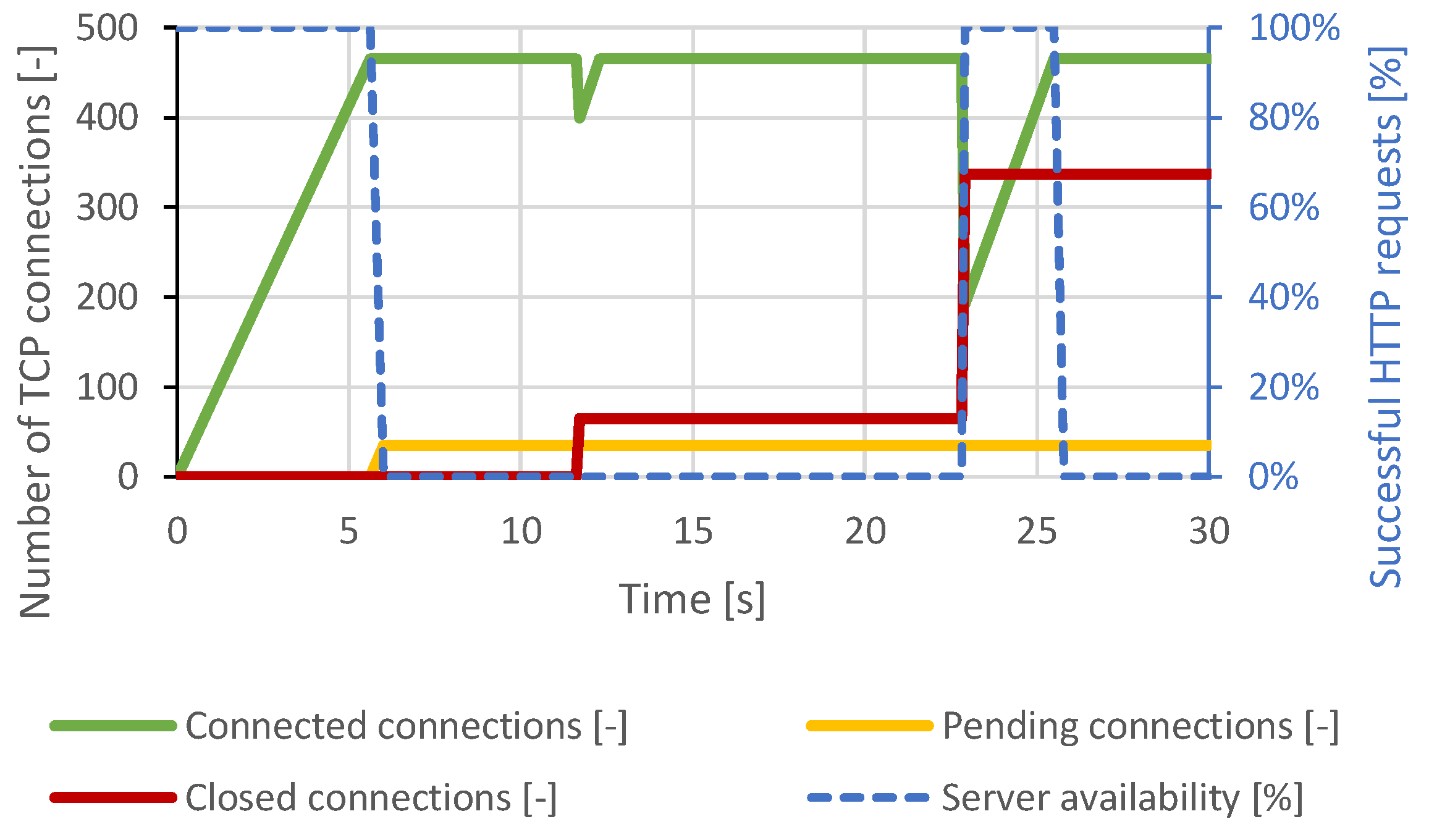

wrong! setting the timeout this high (30,000 seconds) is clearly too high. I thought I was supposed to convert 30 seconds into milliseconds. I’m impressed with the absolute unavailablity of tomcat in relation to the low level of traffic that slowloris generates. When I run slowloris on the same server, however, tomcat is completely DOS-ED. It still takes a very long time to load the first page, but thereafter is just as easy to access the application. This matches the statement in the documentation that ” “. The first visit takes a really long time, but once I get through, I can use the site normally. What gives? I suspect that as this number of connections (500), I am still able to get a connection. Now, try and connect to the benighted tomcat server. They don’t mention tomcat, so I spent most of the afternoon setting up a machine to see if this tool can DOS tomcat. This should return some numbers to use for a timeout.

To use Slowloris, first establish a timeout for the web server you are attacking: It does, by the way, send out hundreds of packets so it is detectable by the administrator. It doesn’t crash anything, so it is a gentle tool(haha) It just happens to make web applications unavailable for as long as the attacker wishes.
#HOW TO TEST AGAINST THE SLOWLORIS ATTACK WINDOWS#
(“PHP is the bane of my existence” and “Whenever I assess a dot net application I know right off the bat that I’m going to find half the number of vulnerabilities”).Ī few notes about Slowloris: It can’t effectively dos a box from windows because it works by creating hundreds of Sockets and Windows only allows a max of 130. RSnake, being a realist and not an anti-microsoft evangelist, often says things that make the open source advocates uncomfortable. Apache HTTPD is mentioned as a server that is vulnerable. Sending carefully crafted partial packet causes the server to take A LONG TIME to work on the response to your request, using up its resources and becoming temporarily unavailable to other visitors. RSnake has been thinking about a denial of service attack against web servers that involves sending partial http packets to use up number of allowed clients.


 0 kommentar(er)
0 kommentar(er)
